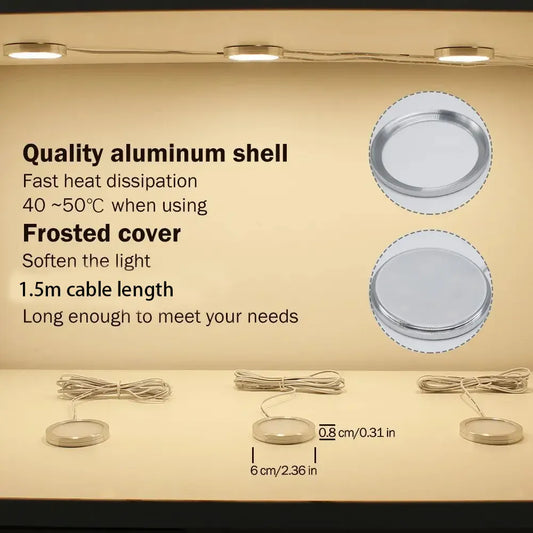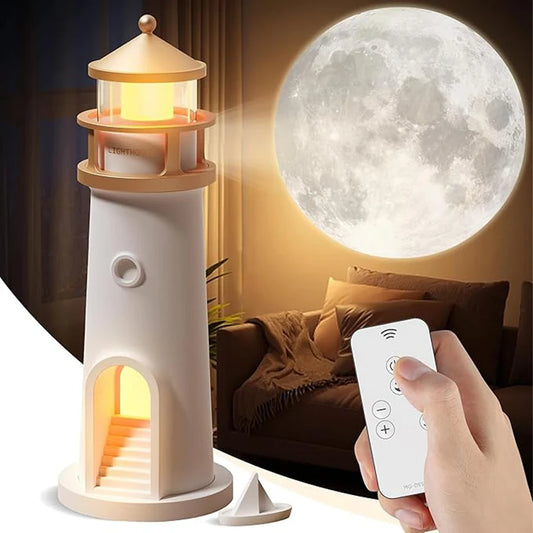
How Bright Should Under Cabinet Lighting Be?
Share
Introduction
Under cabinet lighting should typically range between 200 to 500 lumens per linear foot, depending on the specific task and desired ambiance. This conclusion is supported by professional guidelines from the Illuminating Engineering Society (IES) and various lighting studies. The following sections will provide detailed insights, supported by authoritative data and real-world applications, to help you determine the ideal brightness for your under cabinet lighting.
Table: Recommended Brightness Levels for Different Tasks
| Task | Brightness (Lumens per Linear Foot) |
|---|---|
| General Ambient Lighting | 200-300 |
| Task Lighting (e.g., food prep) | 300-500 |
Detailed Analysis
Factors Influencing Under Cabinet Lighting Brightness
-
Task Requirements
Different kitchen tasks require varying levels of brightness. For instance, food preparation areas benefit from brighter lighting to ensure safety and precision, while general ambient lighting can be softer.
-
Kitchen Layout and Surface Materials
The layout of your kitchen and the materials used for countertops and backsplashes can influence the required brightness. Light-colored surfaces reflect more light, potentially reducing the need for very bright under cabinet lights.
-
Personal Preferences and Aesthetic Goals
Your personal preferences and aesthetic goals also play a role. Some people prefer brighter, more clinical lighting, while others may opt for a warmer, cozier ambiance.
Professional Theories and Data
Illuminating Engineering Society (IES) Guidelines
The IES provides comprehensive guidelines on lighting requirements for different spaces. For under cabinet lighting, the IES recommends:
- Ambient Lighting: 200-300 lumens per linear foot
- Task Lighting: 300-500 lumens per linear foot
These recommendations ensure that the lighting is sufficient for both general visibility and specific tasks without causing glare or discomfort.
Reflectance and Efficiency
According to a study by the Lighting Research Center, the efficiency of under cabinet lighting can be influenced by the reflectance of the surfaces. High-reflectance surfaces (like white or light-colored countertops and backsplashes) can enhance the perceived brightness, potentially allowing for lower lumen output while maintaining adequate illumination.
Table: Reflectance Impact on Perceived Brightness
| Surface Type | Reflectance Level | Effect on Brightness |
|---|---|---|
| Light-colored, glossy surfaces | High | Enhances brightness, requires fewer lumens |
| Dark-colored, matte surfaces | Low | Reduces brightness, requires more lumens |
Real-World Applications
Residential Kitchen Example
In a residential kitchen, under cabinet lighting was installed using the IES guidelines. For general ambient lighting, fixtures providing 250 lumens per linear foot were used, creating a well-lit and inviting space. For the task area where food preparation takes place, brighter fixtures delivering 450 lumens per linear foot were chosen, ensuring excellent visibility and safety.
Commercial Workspace Example
A commercial kitchen utilized under cabinet lighting to enhance work efficiency and safety. By following the IES recommendations, 300 lumens per linear foot were used for general areas, while 500 lumens per linear foot were installed in food prep zones. This setup resulted in a well-illuminated workspace conducive to productivity and precision.
Practical Tips for Achieving the Right Brightness
-
Evaluate Your Needs
Assess the primary functions of your under cabinet lighting. Determine if it is mainly for task lighting, ambient lighting, or both.
-
Measure the Space
Measure the length of your cabinets to calculate the total lumens needed based on the recommended lumens per linear foot.
-
Choose Adjustable Fixtures
Consider fixtures with adjustable brightness levels. This flexibility allows you to tailor the lighting to different activities and preferences.
-
Test Before Finalizing
Before making permanent installations, test different brightness levels to find what works best for your specific kitchen environment.
Conclusion
Determining the right brightness for under cabinet lighting involves considering task requirements, kitchen layout, and personal preferences. By following the professional guidelines from the IES and utilizing practical tips, you can ensure your under cabinet lighting enhances both functionality and aesthetics.
For more comprehensive guidance on selecting the best under cabinet lighting for your kitchen, check out our detailed guide: Under Cabinet Lighting Buying Guide.
Explore our range of energy-efficient under cabinet lighting solutions at Lumaz to find the perfect fit for your kitchen.
References
- Illuminating Engineering Society. (n.d.). Lighting for Kitchens. Retrieved from ies.org
- U.S. Department of Energy. (n.d.). Energy-Efficient Lighting. Retrieved from energy.gov
- Consumer Reports. (2020). Best Under Cabinet Lights. Retrieved from consumerreports.org
- Lighting Research Center. (n.d.). Lighting and Reflectance. Retrieved from lrc.rpi.edu




























 />
/>
 />
/>
 />
/>
 />
/>
 />
/>